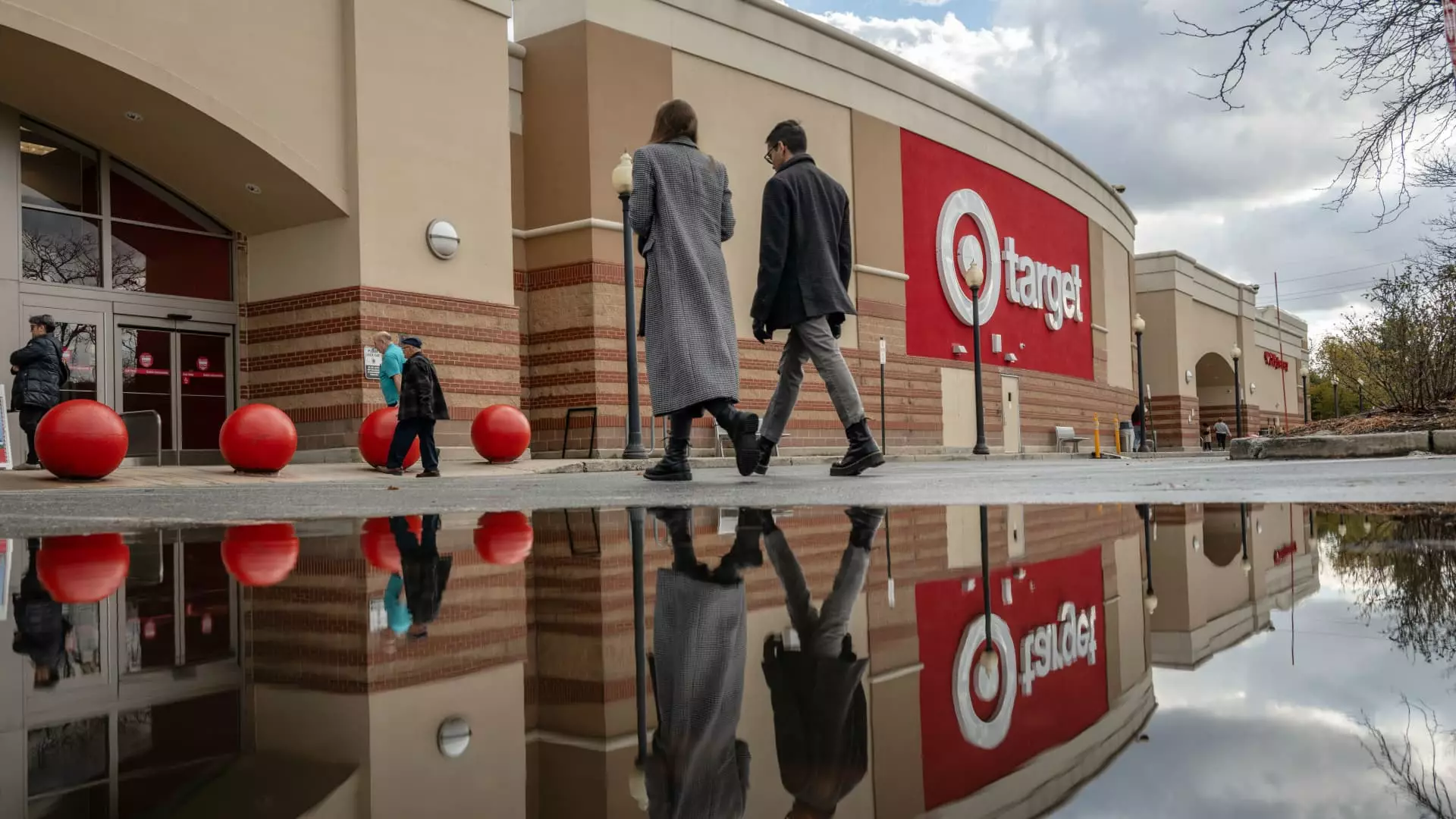The holiday shopping season, often seen as a lifeline for retailers, presents a paradox this year. While the potential for substantial sales is palpable, not all brands are riding the wave of consumer enthusiasm. A stark divide has emerged in the retail landscape, with some companies thriving while others falter, reflecting a broader trend of selective spending among consumers. This article will explore the prevailing economic conditions affecting holiday shopping, the distinct strategies employed by diverse retailers, and the implications for the future of retail.
The ongoing effects of inflation in the United States have led consumers to adopt a more discerning approach to their purchases. After more than two years of economic pressure, individuals are now weighing their options more critically. Neil Saunders, managing director at GlobalData Retail, underscores this point by noting that shoppers may be buying fewer items, opting instead to focus on quality and necessity over quantity. This newfound cautiousness creates substantial challenges for retailers, especially those that rely heavily on discretionary spending.
Analysts predict a modest increase in holiday spending, suggesting a rise between 2.5% and 3.5% over last year’s figures. While this sounds positive on the surface, it represents a deceleration relative to previous years, sparking concerns among retailers about how to capture the attention—and dollars—of an increasingly selective consumer base.
Recent earnings reports reveal a clear dichotomy within the retail sector. Companies like Walmart, Dick’s Sporting Goods, and Abercrombie & Fitch reported impressive sales, buoyed by early holiday deals and strategic marketing efforts. In contrast, giants like Target, Kohl’s, and Best Buy grappled with disappointing results, signaling broader struggles in attracting consumers during the critical holiday window.
Walmart, for example, saw its sales of non-grocery merchandise rise for two consecutive quarters after enduring a lengthy drought in this area. The retailer attributes this turnaround to a combination of decreasing food prices and successful maneuvers to diversify its product offerings. Such resilience contrasts sharply with Kohl’s, which has cautioned investors of a potential decline in sales and has even initiated a leadership change in anticipation of the holiday rush.
In this retail climate, businesses have implemented various strategies to entice spending—and these approaches vary dramatically between success stories and struggling brands. Some retailers, such as Abercrombie, are doubling down on their holiday assortments and remarking on positive early consumer responses. Chief Operating Officer Scott Lipesky expressed optimism about their line-up, signaling that they are prepared for a robust holiday season.
Conversely, retailers like Target hope to ignite interest through targeted promotions and exclusive merchandise, such as themed items connected to major pop culture phenomena. Their strategy reflects an understanding of what consumers may find appealing in a time when they prioritize meaningful purchases over novelty items. However, the effectiveness of these tactics remains in question as consumers prioritize practicality, seeking gifts that add real value to their lives.
Amid the shifting trends, there are looming concerns regarding inventory management. Signs indicate that some retailers may have over-purchased stock for the holiday season or failed to accurately gauge consumer desires. This mismatch could lead to significant markdowns, particularly for items with less demand. As Marshall Cohen of Circana notes, the winning retailers will focus not only on competitive pricing but also on translating their offerings into perceived value—essentially providing consumers with the best bang for their buck.
Retailers are aware of the importance of being adaptable but are also setting the stage to attribute any potential failures to external factors such as weather disruptions or supply chain issues. Historically, this tactic allows companies to hedge against the unpredictability of consumer behavior and market dynamics while shielding their reputations against blame.
As the holiday season unfolds, the landscape for retailers is characterized by pronounced disparities in performance and strategic approach. While some brands have successfully aligned their offerings with shifting consumer preferences, others are struggling to pivot amidst a landscape of increasing caution. The outcome of this season will hinge on retailers’ ability to engage consumers meaningfully and deliver value that resonates in an era marked by selective shopping behaviors. As it stands, the holiday retail saga promises to be anything but uniform, highlighting a new chapter in consumer behavior that retailers must navigate carefully in the years to come.


Leave a Reply